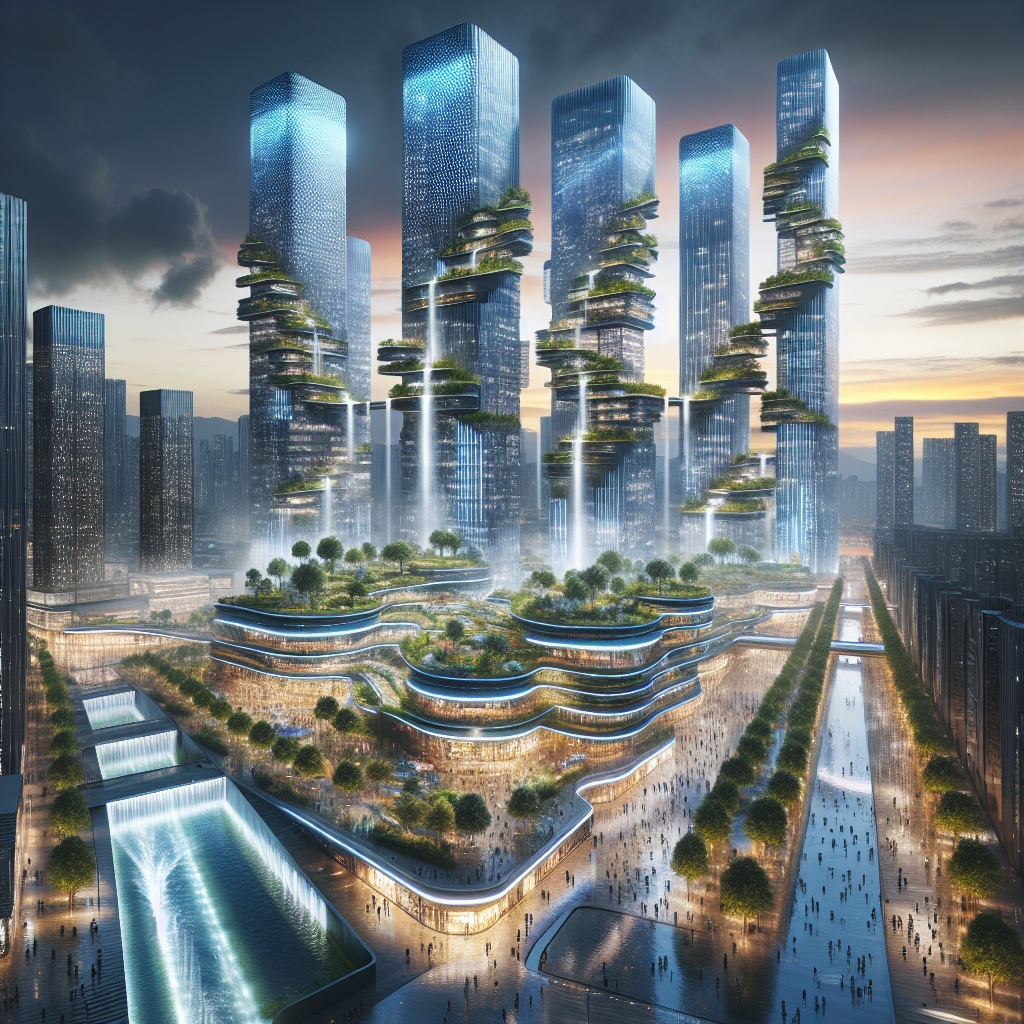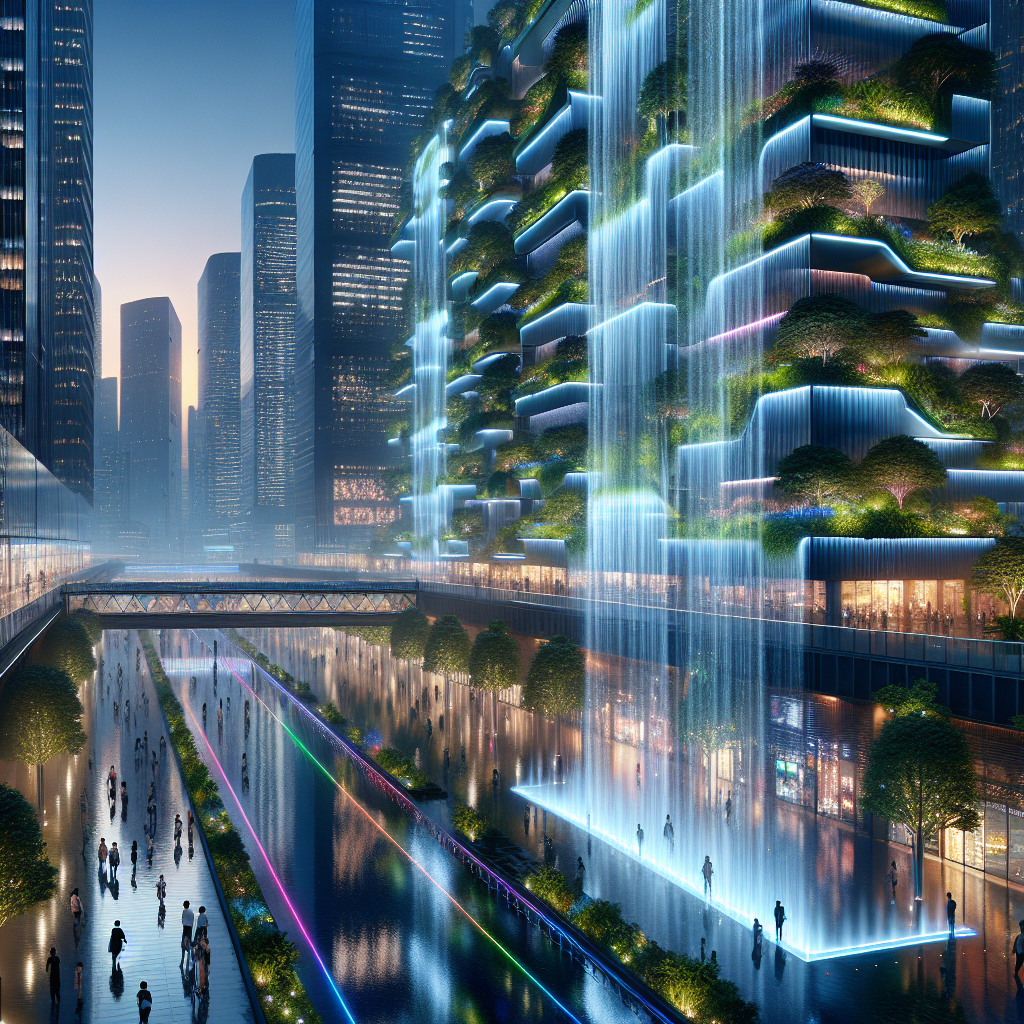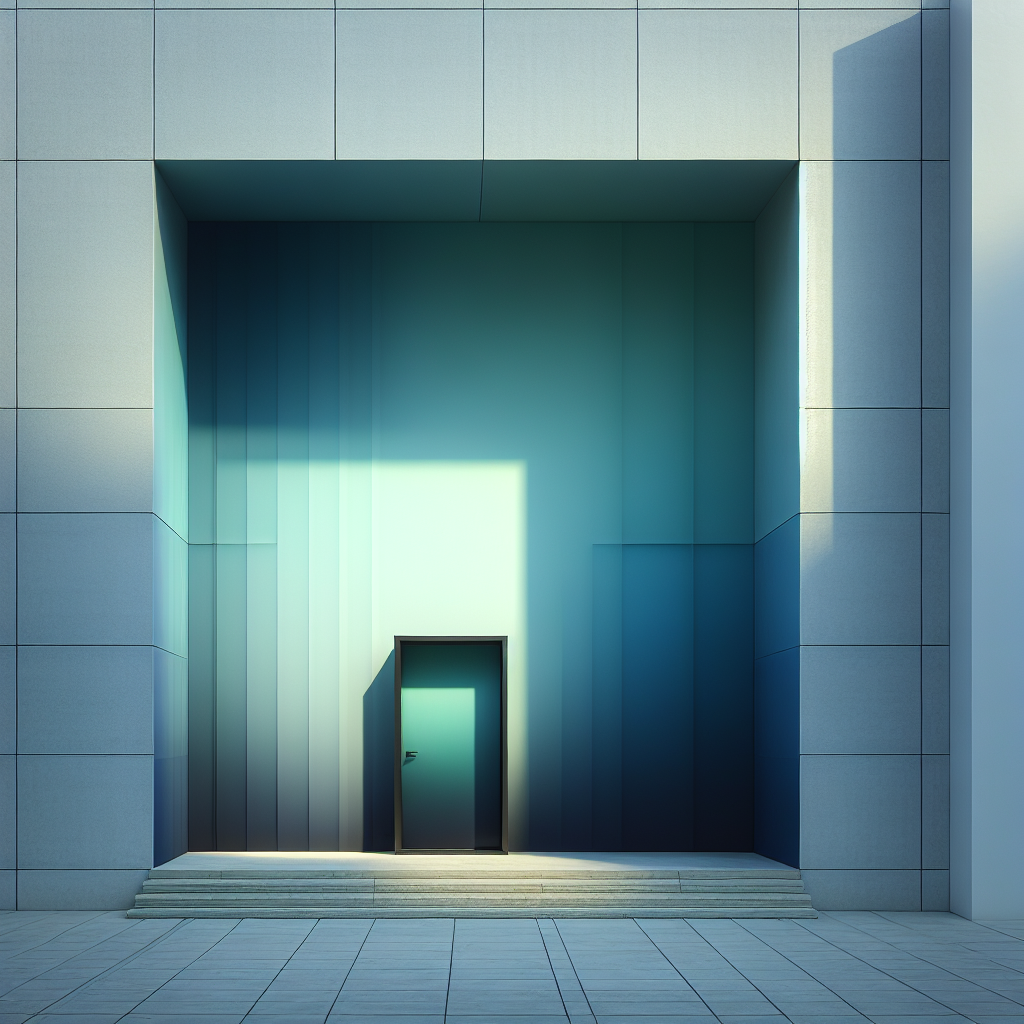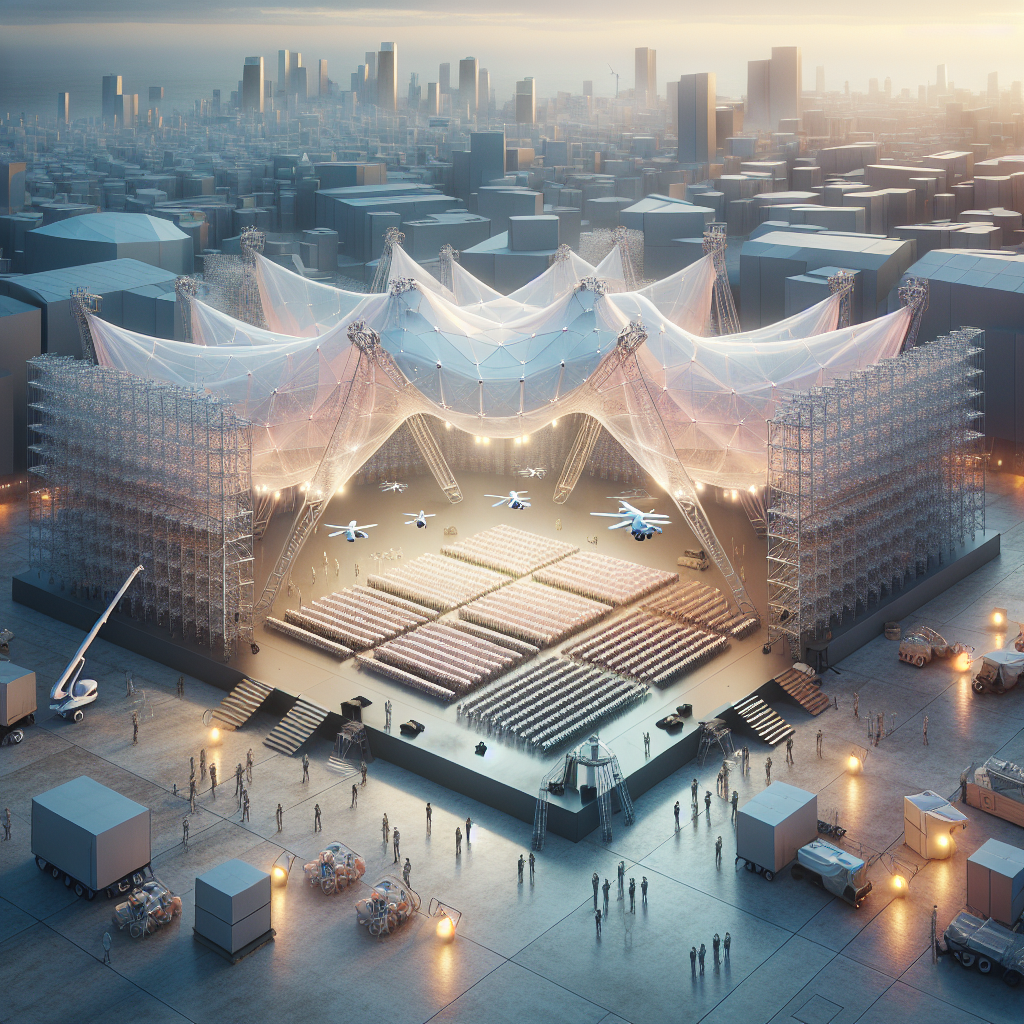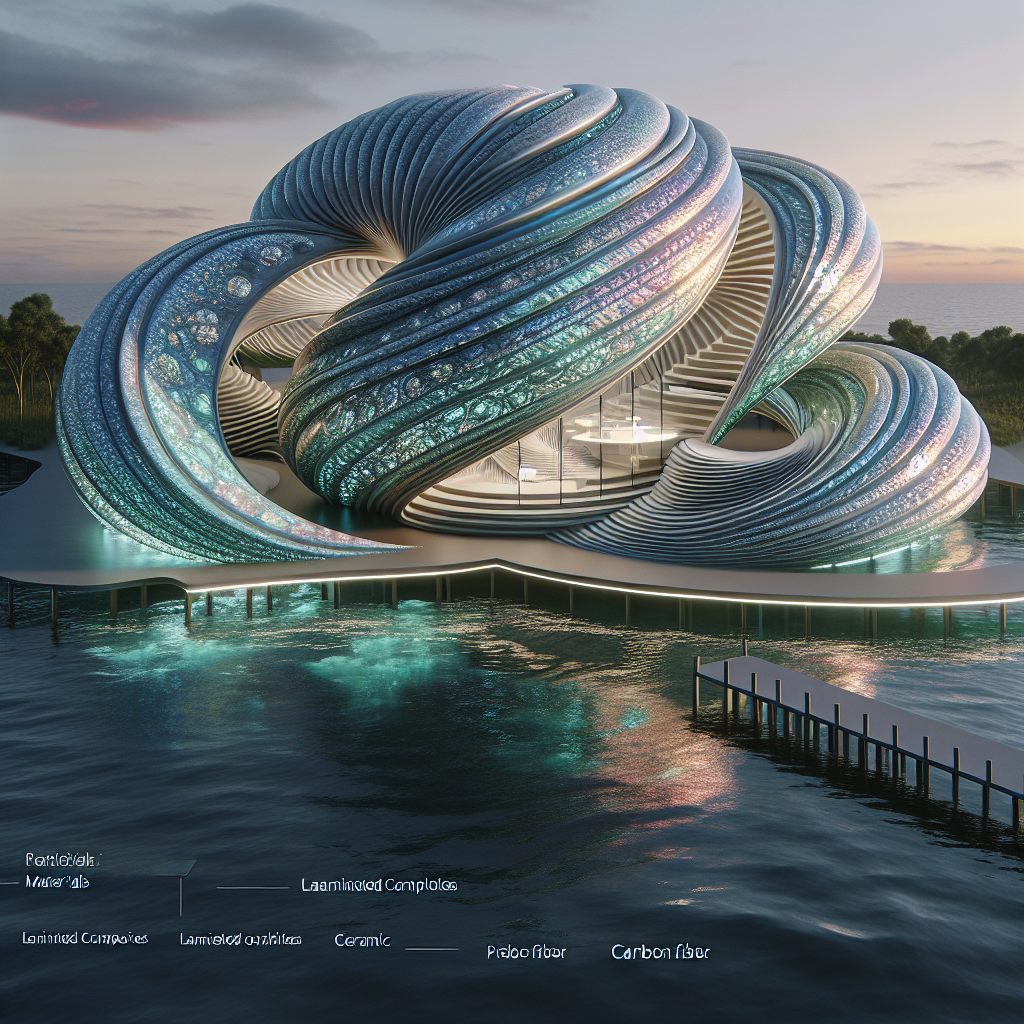Urban waterfalls channeling: rain runoff into spectacular vertical cascades
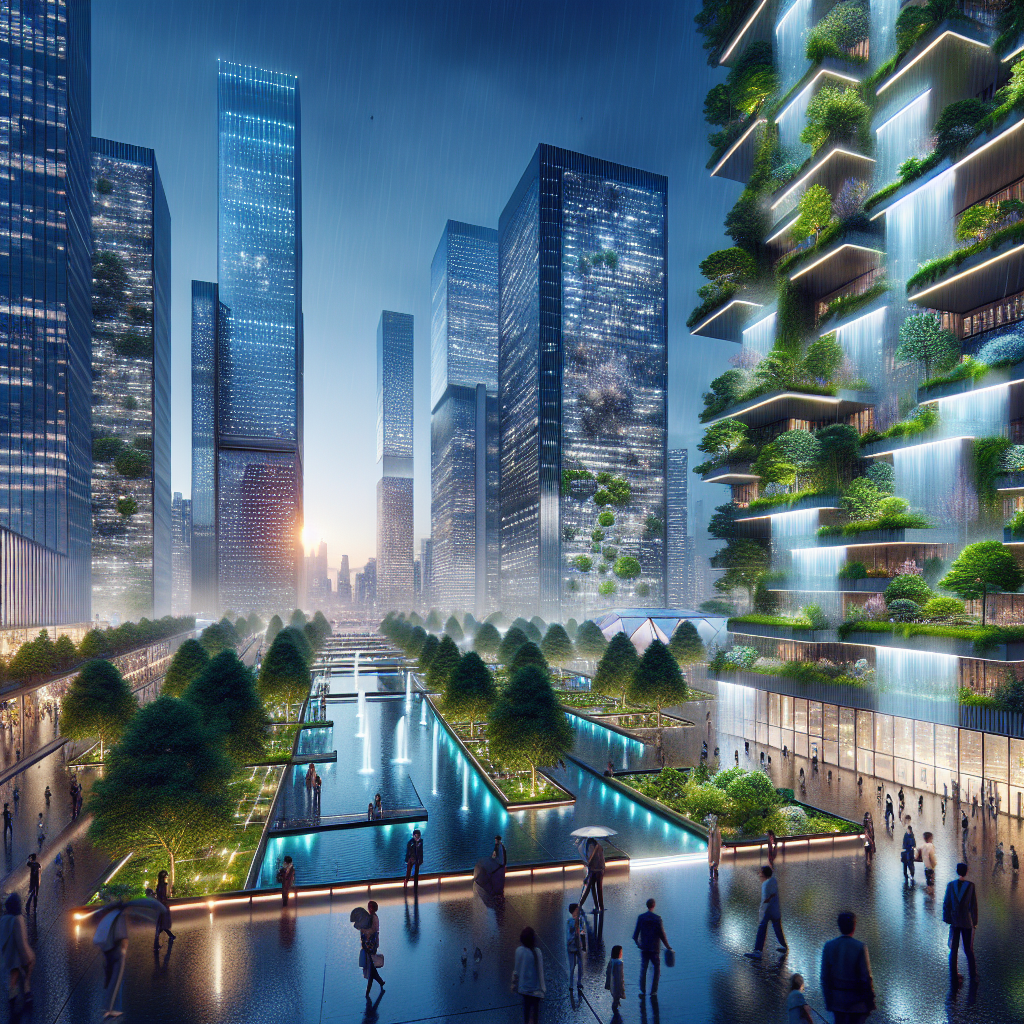
Urban Waterfalls Channeling: Transforming Rain Runoff into Spectacular Vertical Cascades
In the evolving lexicon of urban architecture, water has reemerged as both a poetic and pragmatic medium. No longer confined to ornamental fountains or reflective pools, it is now being harnessed as a dynamic architectural element—flowing down façades, cascading through atria, and transforming stormwater management into a theatrical performance. The rise of urban waterfalls channeling marks a profound shift in how cities reconcile aesthetics with sustainability, merging environmental engineering with the sensuality of design.
The Aesthetics of Flow: From Infrastructure to Art
Cities across the globe are reimagining their relationship with rain. Once viewed as a nuisance—something to be drained, diverted, or hidden—rainwater is now celebrated as a visual and acoustic spectacle. The concept of rainwater channeling into vertical cascades redefines façades as living surfaces. When rain falls, it activates these structures, creating ephemeral waterfalls that shimmer against glass, concrete, or metal skins.
This architectural choreography transforms precipitation into performance. Buildings like Singapore’s Jewel Changi Airport—home to the world’s tallest indoor waterfall—have set a precedent for integrating hydrological systems into public architecture. The Rain Vortex there is not merely decorative; it’s part of a sophisticated water recycling system that captures and reuses rainwater throughout the complex. Such examples illustrate how urban waterfall design can balance spectacle with sustainability.
Engineering Elegance: The Science Behind the Spectacle
Behind every vertical cascade lies a complex interplay of hydrology, material science, and environmental design. Architects and engineers collaborate to choreograph water’s descent, controlling flow rates, pressure, and dispersion patterns to ensure both beauty and efficiency. Materials like hydrophobic glass, stainless steel mesh, and porous stone allow water to glide, shimmer, or diffuse in controlled ways.
These systems are often coupled with rainwater harvesting technologies. Runoff collected from rooftops is filtered, stored, and recirculated through pumps that power the waterfalls during dry periods. The result is a closed-loop system that minimizes waste and mitigates urban flooding. This approach resonates with the principles of green architecture, where every design decision serves both ecological and experiential goals.
The architectural firm MAD Architects, for instance, has explored the integration of water features into high-rise façades that respond to rainfall intensity. Their designs blur the line between infrastructure and art, evoking the natural hydrological cycles that once defined pre-industrial landscapes.
Vertical Cascades as Climate Adaptation
As climate change intensifies rainfall variability, cities are turning to adaptive design strategies that embrace water rather than resist it. According to the urban heat island effect studies, integrating water features into dense environments can reduce ambient temperatures by several degrees, enhancing microclimates and improving air quality. Urban waterfalls thus serve not only as aesthetic interventions but also as tools for environmental resilience.
In Tokyo, the Shibuya Stream Complex channels rainwater from its rooftop gardens into a series of descending water walls that cool the surrounding pedestrian zones. Similarly, in Copenhagen, a network of cascading façades doubles as a stormwater management system, designed to handle the city’s increasingly frequent cloudbursts. These examples illustrate how rainwater channeling systems can transform urban vulnerability into opportunity.
The idea aligns with the ethos of resilient building design, where architecture anticipates environmental stressors and adapts gracefully to them. By turning runoff into spectacle, cities can both mitigate flooding and celebrate nature’s dynamism.
Material Poetics: Designing the Waterfall Surface
The success of an urban waterfall lies in its surface—the tactile interface between architecture and water. Designers are experimenting with a range of materials that modulate flow and light. Textured concrete panels produce rippling effects, while laser-cut metal screens create veils of mist. In some cases, transparent polymers embedded with LED lighting transform cascades into luminous ribbons after dark.
A particularly compelling example is the Rain Curtain Pavilion in Seoul, where perforated aluminum panels guide rainwater into thin, shimmering sheets. The structure’s acoustics are carefully tuned so that the sound of falling water becomes a soft urban symphony, masking traffic noise and inviting contemplation. This sensory layering recalls the principles of biophilic design, where natural elements are integrated to enhance human well-being.
Such projects demonstrate that urban waterfall architecture is not merely about spectacle—it’s about creating multisensory experiences that reconnect urban dwellers with elemental rhythms.
Case Studies: Cities in Motion
In New York, the Hudson Yards Vessel has inspired proposals for adjacent towers featuring cascading façades that collect and filter rainwater. In Dubai, the Waterfall Bridge along the Sheikh Zayed Road integrates programmable jets that respond to passing vehicles, merging infrastructure with kinetic art. Meanwhile, in Oslo, the Barcode District incorporates vertical channels that direct rainwater into public fountains, creating a continuous hydrological loop between buildings and streets.
These interventions align with a broader movement toward vertical greening and water integration in urban environments. They represent a synthesis of engineering precision and poetic imagination—a hallmark of contemporary architectural innovation.
Technology Meets Nature: Smart Water Systems
The next frontier in urban waterfall design lies in digital integration. Smart sensors now monitor rainfall, humidity, and wind conditions in real time, adjusting water flow to optimize performance and conserve energy. These systems are increasingly powered by renewable sources, such as solar panels or micro-hydroelectric turbines embedded within the circulation systems.
In a world where artificial intelligence in architecture is redefining environmental responsiveness, water becomes a living medium—reactive, adaptive, and expressive. Buildings can “breathe” and “flow” in response to weather patterns, transforming the static cityscape into a kinetic ecosystem.
Moreover, augmented lighting and projection mapping technologies allow designers to animate waterfalls with color and imagery, turning them into narrative surfaces that communicate environmental data or artistic content. The result is a new typology of interactive façades—where nature, technology, and storytelling converge.
Beyond Utility: The Cultural Dimension of Water
Water has always carried symbolic weight in architecture—from the reflective pools of Islamic courtyards to the cascading fountains of Baroque gardens. In the modern city, this symbolism acquires new relevance. Urban waterfalls evoke purity, renewal, and continuity—values that resonate deeply in an era of ecological uncertainty.
The waterfall as an architectural motif embodies motion and transformation. It suggests that cities, too, can evolve fluidly—adapting to environmental pressures while retaining their aesthetic integrity. By integrating water into their vertical surfaces, architects are not only managing rain runoff but also reintroducing a sense of wonder into the urban experience.
Designing the Future of Urban Hydrology
As global urbanization accelerates, the challenge of managing stormwater sustainably will only intensify. Yet, as the movement toward urban waterfall channeling demonstrates, necessity can inspire beauty. The most forward-thinking architects are transforming what was once an infrastructural burden into an opportunity for expression, education, and engagement.
This synthesis of form and function echoes the broader shift toward net-zero design—where every drop, beam, and breeze is harnessed intelligently. The city of the future may well be one where rain no longer disappears into drains but dances down façades, shimmering with purpose and poetry.
In this vision, architecture becomes a living hydrological system—an art of flow that celebrates the most essential element of life. The urban waterfall, once a symbol of luxury, now stands as a manifesto for resilience, beauty, and ecological intelligence.
Keywords: urban waterfall design, rainwater channeling, sustainable architecture, vertical cascades, biophilic design, smart water systems, climate-adaptive architecture
